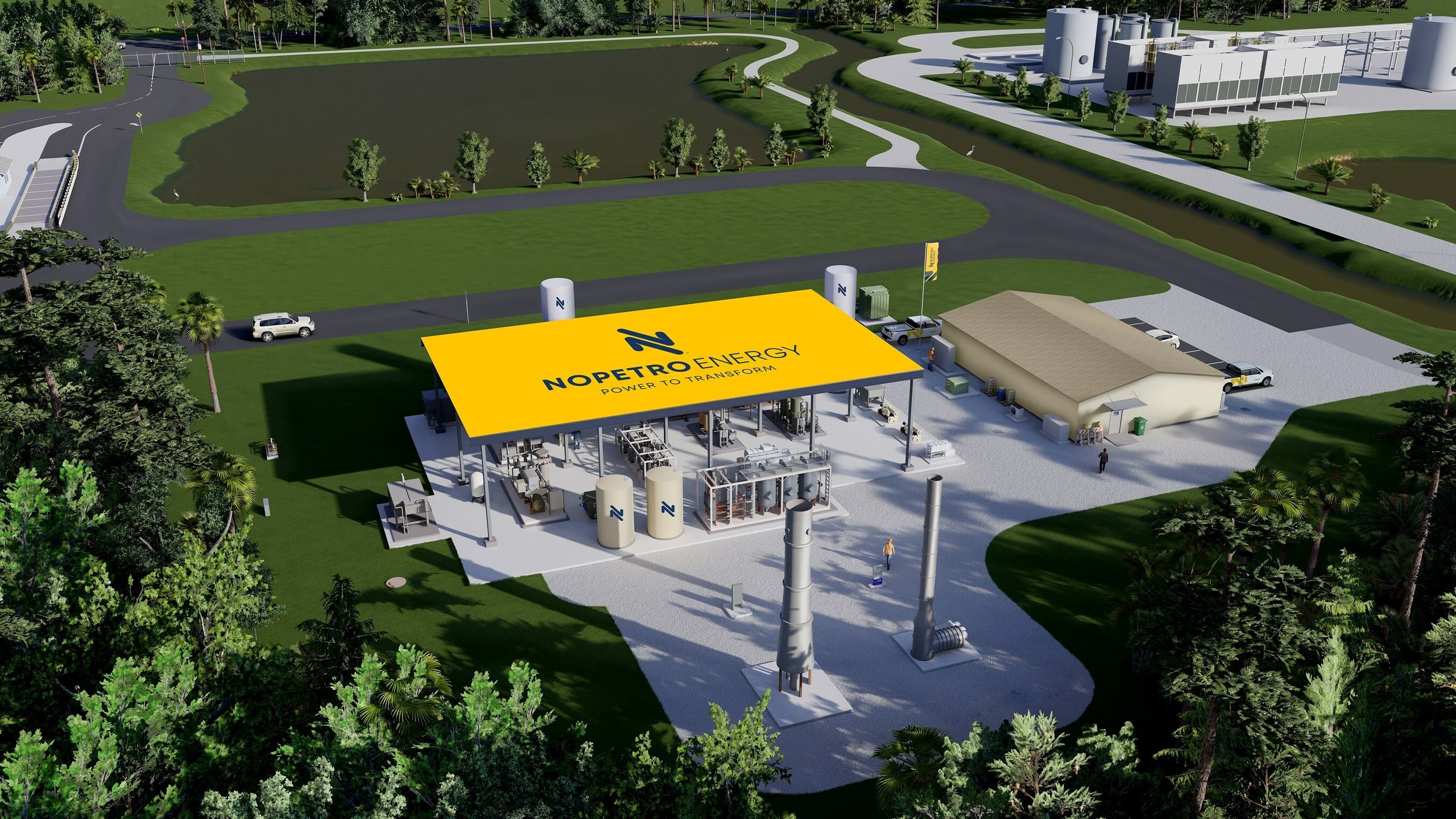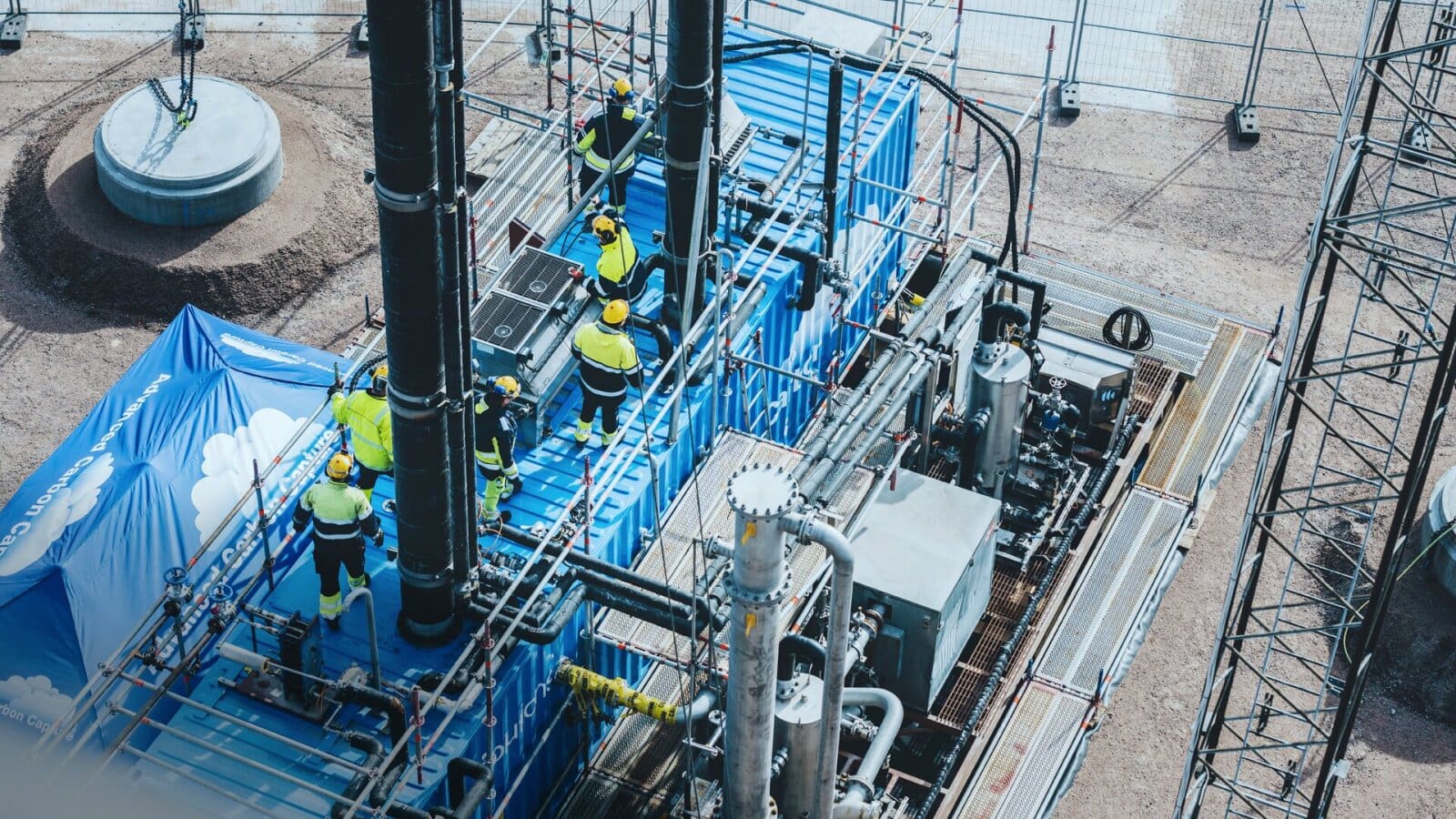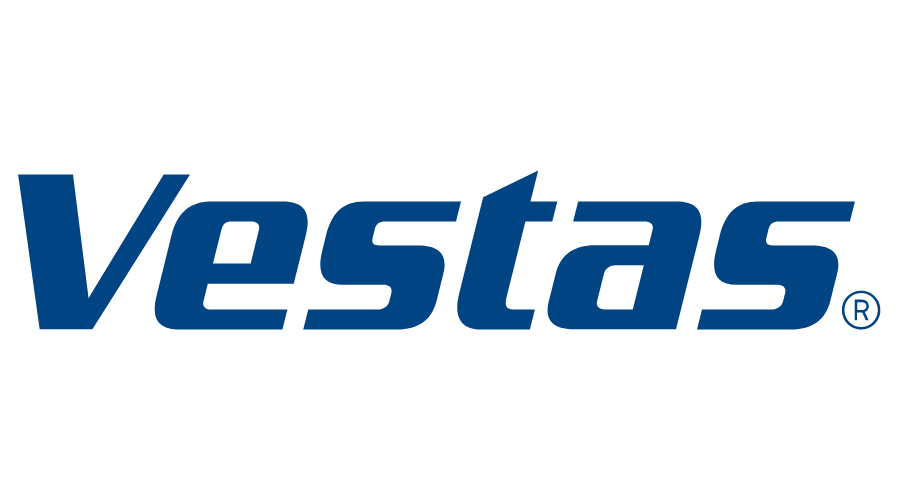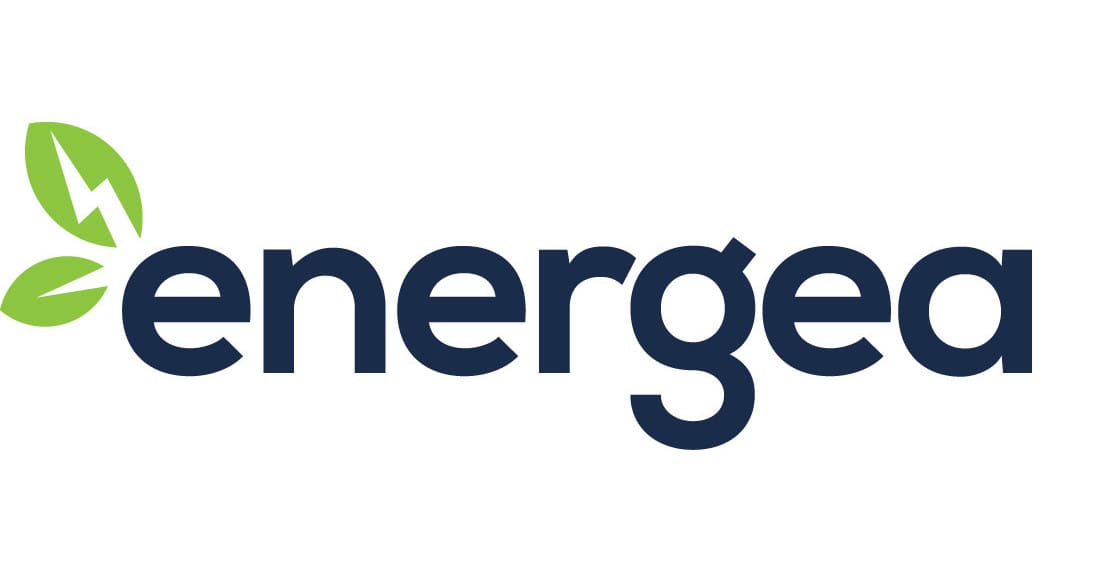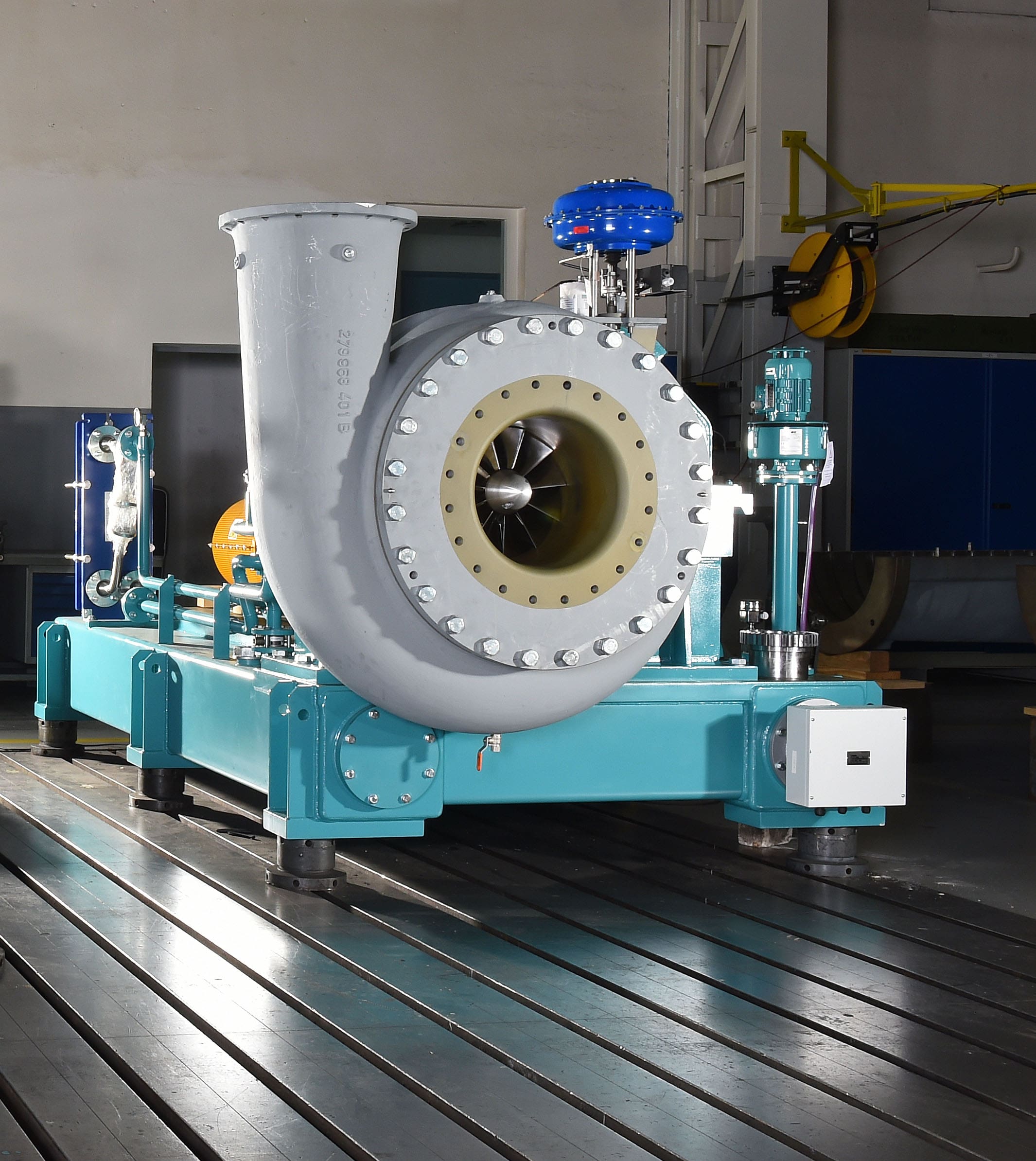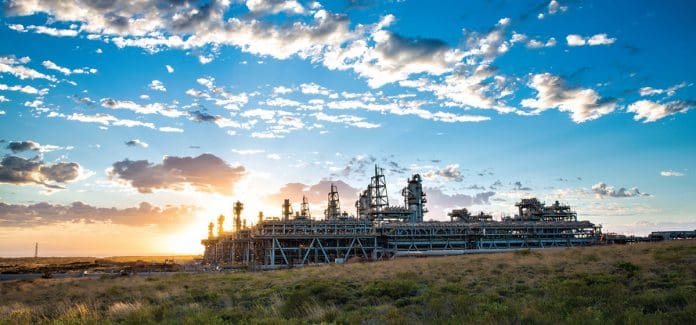
Chevron reported its Q4 and full-year 2021 earnings on January 28. The integrated oil and gas major earned US$162.5 billion in revenue and US$15.6 billion in net income which more than made up for the company’s US$5.5 billion loss in 2020. At the time of this writing, West Texas Intermediate (WTI) crude oil, the US benchmark, is above US$87 per barrel and is now within reasonable striking distance of the US$100 threshold, a point that many thought it would never reach again.
Chevron’s Banner Year
What stands out about Chevron’s 2021 performance is that it isn’t responding to higher oil and gas prices by raising production. In fact, its total net oil-equivalent production has remained relatively the same since 2018. However, natural gas continues to make up a larger share of Chevron’s total production, while liquids production was lower in 2021 than in 2020 and 2019.
| Year | |||||
| Operating Statistic | 2017 | 2018 | 2019 | 2020 | 2021 |
| Net Liquids Production1 | 1723 | 1782 | 1865 | 1868 | 1814 |
| Net Natural Gas Production2 | 6032 | 6889 | 7157 | 7290 | 7709 |
| Total Net Oil-Equivalent Production3 | 2728 | 2930 | 3058 | 3083 | 3099 |
1Net liquids production denominated in million barrels per day.
2Natural gas production denominated in MMscf per day.
3Total net oil-equivalent production denominated in million barrels per day.
(Data Source: Chevron)
Aside from rising demand, the primary drivers behind higher oil and gas prices are companies like Chevron keeping production consistent and using excess free cash flow (FCF) to improve balance sheets, pay dividends, buy back their own shares, and invest in alternative energy. In fact, Chevron is guiding for production to increase by an average of just 3% a year through at least 2025.
Chevron increased its dividend and plans to buy back its own stock at the high end of its repurchase range. It also paid down a significant amount of debt thanks to especially high FCF in the second half of 2022.
Chevron New Energies
The Permian Basin continues to be one of Chevron’s most profitable geographic regions and a big driver of its high FCF. Chevron’s acquisition of Noble Energy increased its Permian footprint, and Chevron plans to continue investing heavily in the region. However, these investments increase the company’s overall carbon footprint and move it further away from hitting its net-zero 2050 goal.
A benefit of Chevron’s booming business is that it can make sizeable commitments toward medium-term, low-carbon investments that should help the company offset some of its emissions. Chevron CEO Mike Wirth called out the importance of investing in low-carbon projects during the company’s Q4 2021 conference call. “2021 was also the year when Chevron accelerated our efforts to advance a lower-carbon future by forming Chevron New Energies, an organization that aims to grow businesses in hydrogen, carbon capture, and offsets; introduce a 2050 net-zero aspiration for upstream Scope 1 and 2 emissions and establish a portfolio carbon intensity target that includes Scope 3 emissions; and more than triple our planned lower carbon investments,” said Wirth.
Low-Carbon Investments
The “tripling” Wirth is referring to is Chevron’s September 2021 announcement to invest US$10 billion in low-carbon projects through 2028. Prior to that announcement, Chevron had earmarked just US$3 billion toward lower carbon projects. US$10 billion is a large commitment relative to Chevron’s excess cash, which it expects will average around US$5 billion per year over the next five years assuming an average Brent crude oil price of US$60 per barrel. Chevron defines excess cash as the cash that is left over after its capital spending and dividends are paid. “Chevron intends to be a leader in advancing a lower-carbon future,” said Wirth. “Our planned actions target sectors of the economy that are harder to abate and leverage our capabilities, assets, and customer relationships.”
Unlike other majors that are investing in renewable energy, such as Total Energies with solar, Equinor with offshore wind, or BP with wind and solar, Chevron is turning its attention toward renewable natural gas (RNG), renewable diesel, sustainable aviation fuel (SAF), hydrogen, and carbon capture and storage (CCS). It expects RNG production to be 40,000 MMBtu/d by 2030. It also plans to construct a network of fueling stations. It expects renewable fuels production to total 100,000 barrels per day (bpd) by 2030, mainly from renewable diesel and SAF. Chevron is forecasting 2030 hydrogen production of 165,347 tons (150,000 tonnes) per year and carbon capture and offsets to grow to 27.56 million tons (25 million tonnes) per year. US$2 billion of Chevron’s US$10 billion commitment will go toward reducing emissions from existing operations, while the other US$8 billion will go toward the projects discussed. The US$2 billion will help Chevron reduce greenhouse gas intensity from its upstream operations by 35% by 2028 compared to 2016 levels.

Great News For The Energy Transition
It may be a contrarian opinion, but you could argue that high oil and gas prices could end up doing the environment a favor in the long-term. When oil and gas prices are low, companies are in survival mode and don’t have the funds to invest in decarbonization. But with prices high and production staying flat, companies can use extra cash to invest in alternative energy. Chevron is using extra cash to bolster its balance sheet, but also made it clear on its Q4 2021 earnings call that once the balance sheet is in good shape it will look for other ways to use cash. Aside from buying back stock and raising the dividend, we could very well see companies like Chevron increase their spending on low-carbon ventures that can help earnings and lower emissions.
In fact, I would guess we could see another sizeable increase in low-carbon investments from Chevron later this year or in 2023. Strong oil and gas prices in 2021 paired with sustainability initiatives from Chevron’s competitors helped convince the company to up its low-carbon investments last September. However, that commitment was made assuming Brent would average US$60 per barrel through 2025. With Chevron reporting what management said was its best two quarters from a FCF perspective in company history (in Q3 2021 and Q4 2021), Chevron could soon find itself with more cash than it knows what to do with. And since paying too high of a dividend or buying back too much stock sets a bad precedent for future years (because investors expect the dividend to only go up, never down), Chevron could find itself with few options but to increase its oil and gas investment or its low-carbon investments. Given that it doesn’t want to increase supply too much and lower prices, and that raising production increases emissions, Chevron could simply become a larger player in the RNG, SAF, renewable diesel, hydrogen, and CCS industries. If that’s the case, higher oil and gas prices should be a win for Chevron shareholders, the growth of the energy sector, and the environment too.




